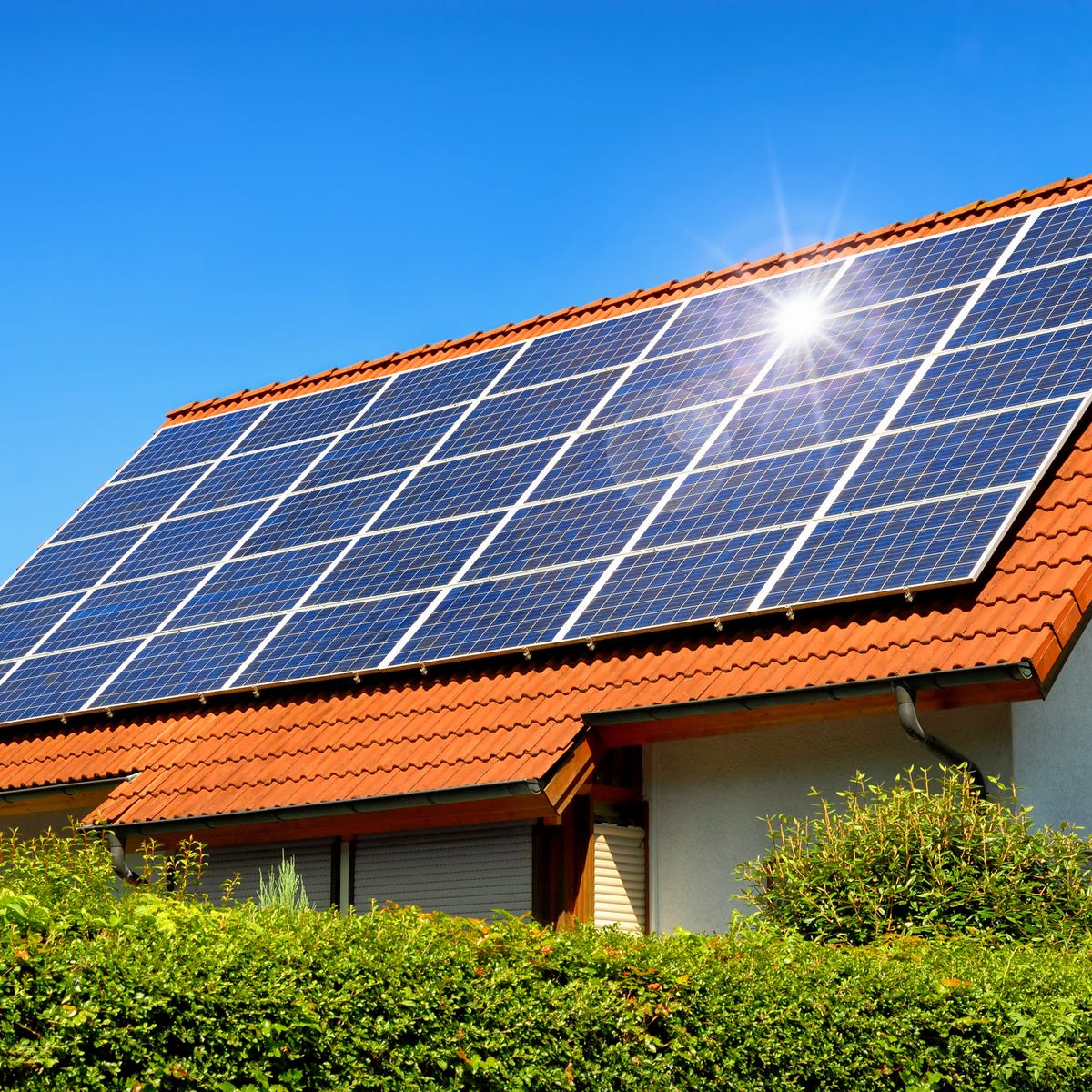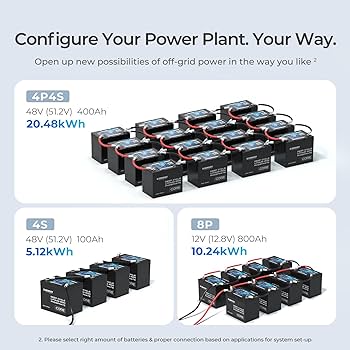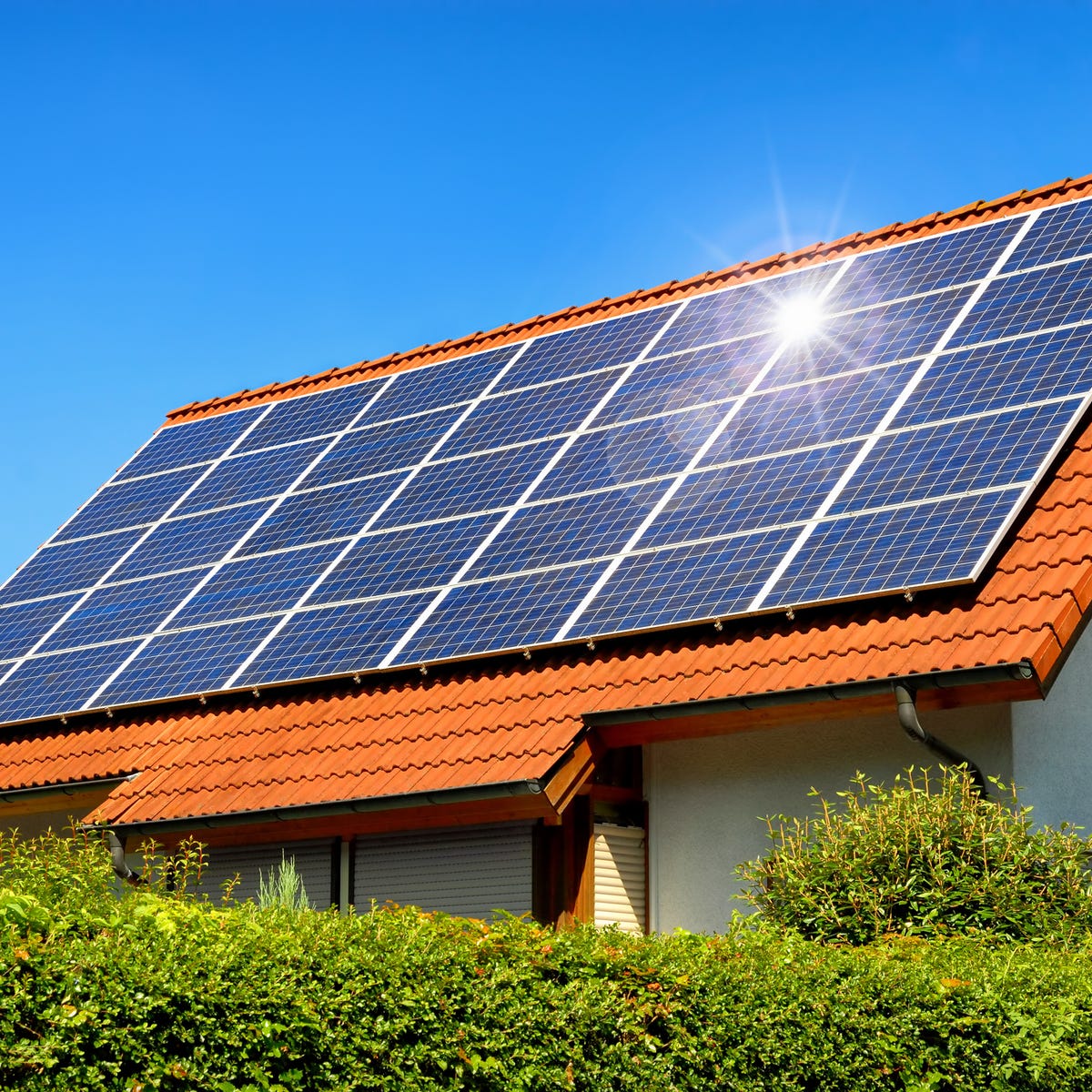A solar power system for the home is a sustainable and cost-effective solution to generate electricity using sunlight. Installing solar panels on the roof converts sunlight into usable energy, which can power the entire house.
This not only reduces electricity bills but also helps in reducing carbon emissions, making it an environmentally friendly choice. With advancements in technology and decreasing costs, solar power systems have become more accessible and popular among homeowners. Harnessing the power of the sun allows homeowners to become more self-sufficient and less dependent on traditional energy sources.
In addition, some utility companies offer incentives and net metering programs, allowing homeowners to sell excess energy back to the grid. Overall, a solar power system is a smart investment for those looking to reduce their carbon footprint and save on energy costs.
Benefits Of Solar Power
Switching to solar power for your home brings about several significant benefits. Not only does it reduce your energy costs, but it also has a positive environmental impact. Let’s explore these advantages in more detail:
Reduced Energy Costs
One of the primary benefits of installing a solar power system in your home is the substantial reduction in your energy costs. By harnessing the power of the sun, you can generate your own electricity and significantly reduce or even eliminate your reliance on the grid. This can lead to substantial savings, especially considering the rising cost of traditional energy sources.
The installation of solar panels allows you to produce clean, renewable energy for your home, reducing the need to purchase electricity from the utility company. With the right system size and proper planning, your solar power system can generate enough energy to cover the majority, if not all, of your household’s electricity needs, leading to long-term savings on your energy bills.
Environmental Impact
Another crucial advantage of solar power for your home is the positive impact it has on the environment. Solar energy is a clean, renewable source of power that produces no harmful emissions or pollution during operation. By switching to solar power, you contribute to the global effort in reducing greenhouse gas emissions and combating climate change.
Unlike fossil fuels, solar energy doesn’t release carbon dioxide or other harmful pollutants into the atmosphere, making it a much cleaner alternative. By reducing your reliance on traditional energy sources such as coal or natural gas, a solar power system can help reduce air and water pollution, improve local air quality, and create a more sustainable future for generations to come.
Moreover, the production of solar panels has also become more eco-friendly. The materials used in manufacturing solar panels have become more sustainable, and recycling programs for old solar panels are becoming increasingly common. This ensures that at the end of their lifespan, solar panels can be recycled and reused, reducing waste and further contributing to a greener environment.
In conclusion,
Switching to a solar power system for your home offers numerous benefits, including reduced energy costs and a positive environmental impact. By generating your own electricity from the sun, you can enjoy long-term savings and contribute to a cleaner, more sustainable future.

Credit: www.build-review.com
Components Of A Home Solar Power System
A home solar power system consists of several key components that work together to generate renewable energy for residential use. Understanding these components is crucial for homeowners considering the switch to solar power. By familiarizing yourself with the essentials, you can make an informed decision about installing a solar power system for your home. Below, we’ll delve into the key components of a home solar power system, including solar panels, inverter, battery storage, and metering and monitoring.
Solar Panels
Solar panels are the foundation of any home solar power system. They are comprised of photovoltaic cells that convert sunlight into electricity. The panels come in different types, such as monocrystalline, polycrystalline, and thin-film, each offering varying levels of efficiency and aesthetics.
Inverter
The inverter plays a crucial role in converting the direct current (DC) electricity generated by the solar panels into alternating current (AC) power, which is used to run household appliances. It also regulates the voltage and ensures that the electricity is synchronized with the grid if the system is grid-tied.
Battery Storage
Battery storage allows homeowners to store excess energy generated by the solar panels for later use, particularly during periods of low sunlight or power outages. This enables greater energy independence and resilience, reducing reliance on the grid and providing backup power when needed.
Metering And Monitoring
Metering and monitoring systems track the energy production and consumption of the solar power system. Through comprehensive data collection and analysis, homeowners can monitor the system’s performance, energy usage patterns, and potential savings. This insight is valuable for optimizing energy efficiency and making informed decisions about energy management.
Installation Process
Installing a solar power system for your home is an exciting step towards reducing your carbon footprint and saving on energy costs. The installation process involves several important stages, starting with assessment and planning. Let’s take a closer look at each step to understand what to expect.
Assessment And Planning
Before installing a solar power system, it is crucial to assess your home’s solar potential and plan accordingly. A professional solar expert will visit your property to evaluate factors like roof orientation, shading, and available space.
During this assessment, they will also consider your energy consumption patterns and design a customized solar solution that meets your specific needs. They will also discuss the different types of panels, inverters, and mounting options available to you.
Once the assessment is complete, the solar expert will provide you with a detailed proposal outlining the system’s specifications, cost, and expected energy savings. This proposal will be tailored to your home’s unique requirements, ensuring maximum efficiency and long-term benefits.
Permitting And Approvals
Once you have reviewed and accepted the proposal, the next step is to obtain the necessary permits and approvals for the installation. This process may vary depending on your location and local regulations.
The solar installation company will assist you in obtaining the required permits and handle all the paperwork on your behalf. This includes submitting applications, providing engineering diagrams, and complying with building codes and electrical regulations.
It is essential to work with a reputable installer who is familiar with the permitting process in your area to ensure a smooth and hassle-free experience. They will guide you through every step and keep you informed of any progress or updates.
System Installation
Once the permits and approvals are in place, the actual installation can begin. Experienced installers will arrive at your home with all the necessary equipment and resources to complete the installation efficiently.
First, they will prepare your roof by securing rails or racking systems that will hold the solar panels. Then, the panels themselves will be carefully mounted and interconnected to form a complete system. The electrical wiring will be professionally installed to ensure optimal performance and safety.
Throughout the installation process, the installers will follow industry best practices and adhere to strict safety protocols. They will also clean up the work area and ensure that everything is in proper working order before completing the installation.
Connection To The Grid
Once the solar power system is installed, it needs to be connected to the grid. This step involves coordinating with your local utility company to establish a bi-directional connection that allows for the seamless flow of electricity.
The solar installation company will handle the necessary paperwork and coordinate with the utility company to ensure a smooth connection process. This step may involve the installation of a bidirectional meter that measures both the electricity consumed from the grid and the surplus energy fed back into it.
After the connection is established, your solar power system is ready to start generating clean, renewable energy for your home. You can begin enjoying the benefits of reduced energy bills, increased energy independence, and a positive impact on the environment.
By following these steps, your solar power system installation can be a seamless and rewarding experience. Remember to choose a reputable solar installer who can guide you through the process and provide ongoing support for your renewable energy journey.
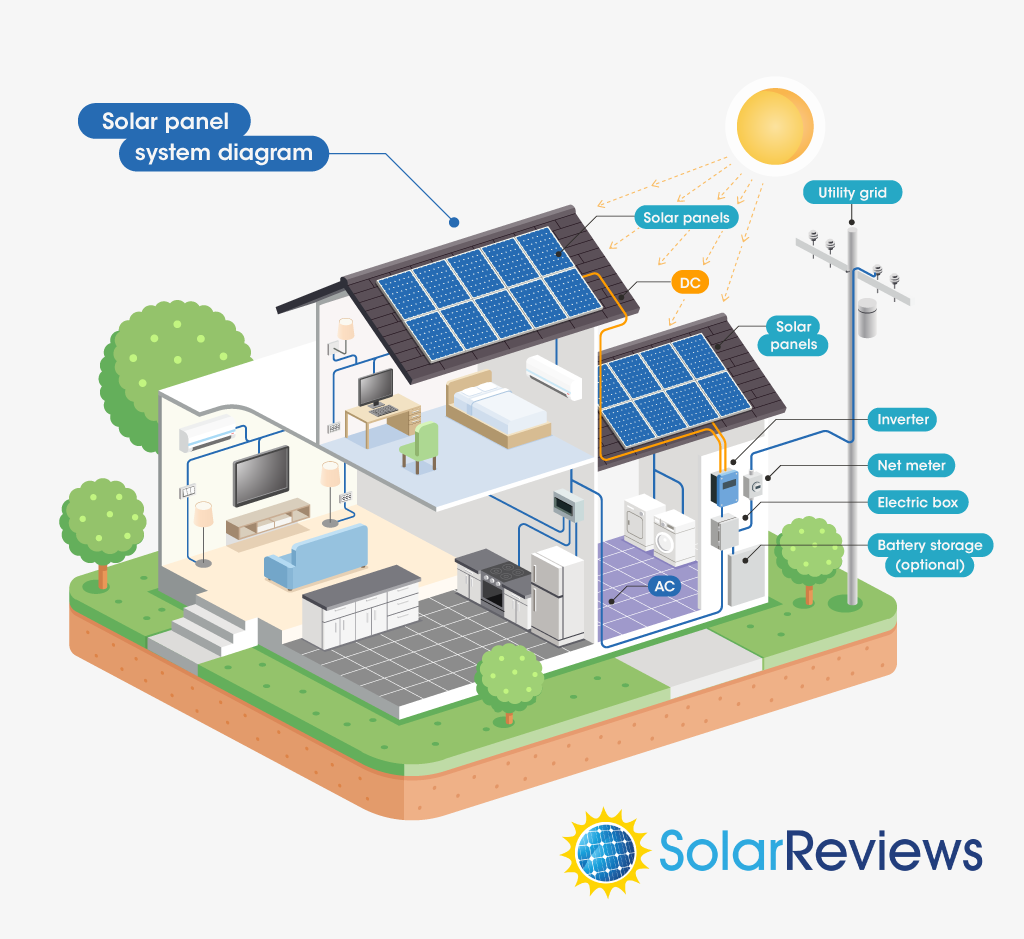
Credit: www.solarreviews.com
Maintenance And Upkeep
Maintaining and regularly servicing your solar power system is crucial for optimizing its performance and longevity. By taking proper care of your system, you can ensure that it continues to generate clean and sustainable energy for your home. This section will outline the key aspects of maintenance and upkeep, including cleaning and inspections, monitoring performance, and replacing or repairing components.
Cleaning And Inspections
Regular cleaning and inspections are essential to keep your solar panels working efficiently. Dust, debris, and bird droppings can accumulate on the surface of the panels, reducing their ability to capture sunlight. It is recommended to clean your panels at least twice a year, or more frequently if you live in a dusty or polluted area.
To clean your solar panels:
- First, turn off the system and ensure that it is not receiving any sunlight.
- Use a soft-bristle brush or a sponge and mild soapy water to gently clean the panels, avoiding abrasive materials that could scratch the surface.
- Rinse off the soap residue with clean water.
- Allow the panels to dry naturally or use a soft cloth to gently wipe them dry.
In addition to regular cleaning, it is important to inspect your solar power system for any signs of damage or wear. Look for cracks, loose connections, or any abnormalities in the wiring or mounting structure. If you notice any issues, it is best to contact a professional solar technician for further evaluation and repairs.
Monitoring Performance
Monitoring the performance of your solar power system allows you to identify any potential problems early on and ensures that it is operating at its optimal efficiency. Many modern solar systems come equipped with monitoring software or apps that provide real-time data on the production and consumption of electricity.
Regularly check the performance data to ensure that your system is generating the expected amount of energy. If you notice a significant decrease in output, it could indicate a problem with the panels, inverters, or other components. Monitoring performance also helps you identify any shading issues that may be impacting the efficiency of your panels.
Replacing Or Repairing Components
Over time, certain components of your solar power system may require replacement or repair. The lifespan of solar panels typically ranges from 25 to 30 years, but inverters and batteries may need to be replaced earlier. It is important to regularly inspect these components for any signs of deterioration or malfunction.
If a component needs to be replaced, contact a professional solar installer or technician to ensure that the new part is compatible with your system. Attempting to replace components without proper knowledge and expertise can lead to further damage or void warranty coverage.
Regular maintenance, cleaning, and monitoring of your solar power system will help maximize its performance, extend its lifespan, and ensure that you continue to enjoy the benefits of clean and sustainable energy for your home.
Government Incentives For Home Solar Power
If you are considering installing a solar power system for your home, you may be pleased to learn about the various government incentives available to help offset the initial costs. These incentives can make the investment in solar energy not only environmentally friendly but also financially rewarding. From federal tax credits to state and local incentives, there are several opportunities to save money while embracing sustainable energy sources.
Federal Tax Credits
One of the most significant incentives for home solar power comes in the form of federal tax credits. The federal government offers a tax credit that allows homeowners to deduct a portion of the cost of their solar power system from their taxes. The Investment Tax Credit (ITC) covers up to 26% of the total cost of the system, including installation, making solar energy more accessible and affordable for many homeowners.
State And Local Incentives
In addition to federal incentives, many states and local governments also offer their own incentives to encourage the adoption of solar power. These incentives can include rebates, grants, and other financial assistance programs that further reduce the out-of-pocket expenses for installing a solar power system. Some states may offer performance-based incentives or Solar Renewable Energy Credits (SRECs) that allow homeowners to sell the excess energy their solar panels produce back to the grid for additional income.
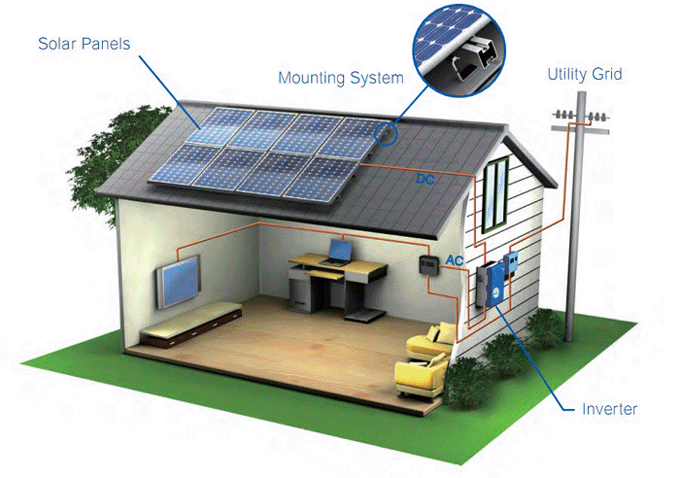
Credit: www.gogreensolar.com
Conclusion
Incorporating a solar power system into your home not only reduces energy costs but also contributes to a sustainable future. Embracing renewable energy sources can have a positive impact on the environment and create a more self-sufficient lifestyle. With advancing technology and government incentives, the affordability and accessibility of solar power continue to improve.
Making the switch to solar power is a smart and environmentally conscious decision for homeowners.





